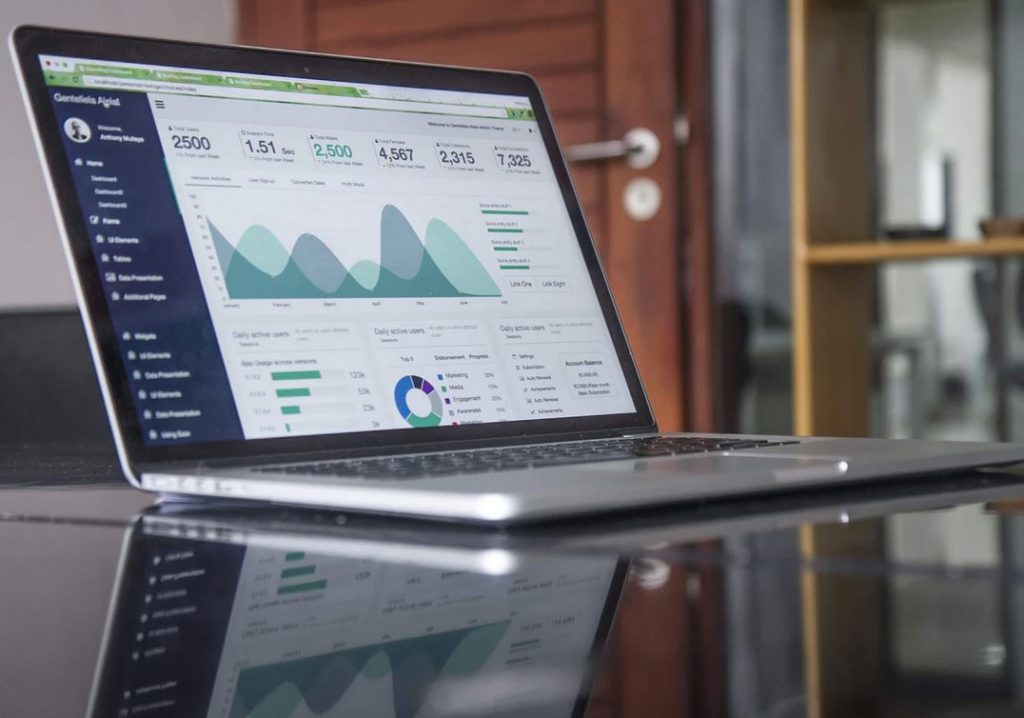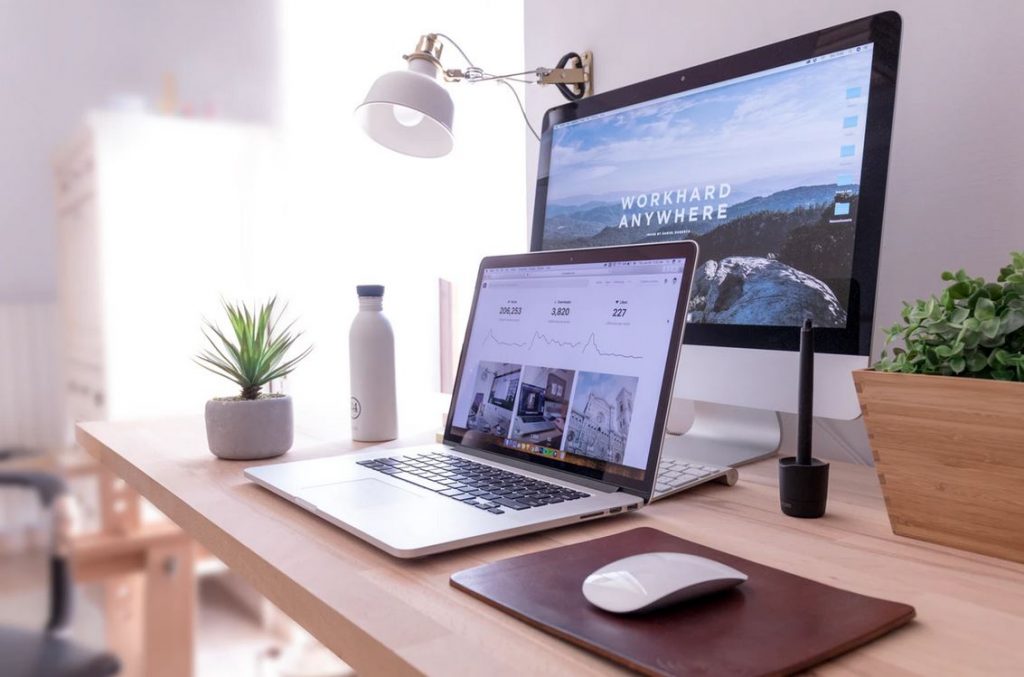How to tell if you need a new website?
Hi everyone! James here and today I’ll be talking to one of my favourite topics – website features, online trends and what this says about your web presence! Read on to get familiar with some indicators that can help you decide if you need a new website.
In my career as a web developer, I’ve seen many sites desperately in need of some love – whether it be a visual refresh, new and value-adding content, a technical upgrade or a complete rebuild – and, typically, the worst sites have owners with the least awareness of the issue. That’s completely understandable. Not everyone can specialise in the world of the web.
But suppose you have a website and minimal familiarity with the tasks involved in looking after it – how can you tell if it’s time to renovate or rebuild? There are many indicators you can look for, though these will need to be evaluated in the context of your individual site. A few of the questions to ask yourself are:
Is my site ‘responsive’ (does its layout adjust to accommodate a variety of screen sizes)?
When appraising a site this is one of the things I check first. Responsiveness is becoming an industry standard and so is needed on its own merits but a lack of it can also be sign that the site hasn’t been updated recently and that there are other issues waiting to be found. Some of the reasons why responsiveness is so important include:
- Helping your clients (current and potential) to use your site on any device without complications. Research is showing that in at least 10 countries searches on mobiles now outnumber searches on desktops, so chances are a large portion of your own target market will try to find you on a small screen. Non-responsive sites generally end up ‘shrunken down’ to fit their full-size layout onto a mobile screen, resulting in an interface too small to interact with and an experience likely to drive mobile users to responsive competitor sites.
- Boosting Google rankings. Google can detect how a site handles small screens and has said that, for searches performed on mobile devices, it lists responsive sites over similarly ranked non-responsive sites.
- It’s expected. Responsiveness is spreading. For new sites and those keeping up with the times online, it’s simply standard. Miss out on joining this trend and your site (and consequently your brand/company) may appear out of touch and unprofessional.
So how do I know if my site is responsive?
- Have a look at your site on a mobile device – if your site looks the same as on a regular desktop view but smaller (so you can’t read the text or easily push buttons with your finger), it’s probably not responsive.
- View in a desktop browser but shrink the window width-ways to make it very skinny. As above, if the site looks the same in ‘skinny view’ as it did in the full-sized browser window, it’s probably not responsive. Another indicator in this test is the presence of a horizontal scrollbar – if you see that, your site is almost certainly not responsive.
- Change from portrait to landscape mode and back again on your mobile device/ dramatically change the width on your desktop browser/ compare your site on a mobile to your site on a desktop – if your site looks the same but scaled up/down on the different views, it’s not responsive.
Is my site visually up-to-date?
What counts as ‘hot’ and ‘attractive’ online changes rapidly, so if your site hasn’t had a visual refresh in a couple of years it’s probably time to review current trends and see if your existing look-and-feel appears compatible or dated.
How can I tell if my site is visually out-of-date?
This is hard to pinpoint. Colours, patterned backgrounds, styles of imagery and layout all contribute to the visual impression your site makes but there are some notable design features that can indicate a site is outdated:
- Your site uses the font ‘Comic Sans’. This was (and, in many cases, still is) very popular. But there’s a time and place for this font, as explained here: comicsanscriminal.com
- Anything on the site has a ‘bevel and emboss’ effect. (Things with this ‘3D’ look: ) Again, this style was almost an industry standard for a while but has fallen far out of favour. Using it is a huge ‘no-no’ for pretty much every modern site.
- The site has animated ‘GIF’s. If you’re not sure what an animated GIF is, imagine clipart from the 1990’s, usually with grainy, bad quality images, that keep looping through the same animation over and over again.
These are just a sample of features commonly found on visually ancient websites. Other websites might be completely of these and been updated recently and still feel dated. If you’re wanting to get an idea of what’s on trend at the moment, check out websites for big, modern organisations (like banks. Not government.) Also consider examining your competitor websites – while these may also be outdated, at least you’ll know what you’re up against. To complete your picture, keep an eye out for design as you go about your ordinary web browsing – this can provide a broader example of what’s trending and what’s lingering longer than it should.
Does my site use Flash?
Flash is a type of animation or interactive component that enjoyed significant popularity until recently. Whether or not you’re familiar with Flash probably depends on how much web browsing you’ve done and what decade you did it in – if you were active online between the mid 90’s and mid 00’s, chances are you’ve already run into sites that use Flash. While Flash had its advantages (in particular far greater design freedom than allowed by alternative technologies), these are usually outweighed by its negatives:
- Support is limited. Updates to Chrome and Safari have seen Flash disabled by default, though it can be manually enabled on site-by-site basis. Apple mobile devices (iPhones and iPads) don’t support it at all.
- It’s slow to load, even on devices it’s supposed to work on.
- It does nightmarish things to your SEO.
- It can ruin accessibility. For example, you generally can’t do the following with Flash content: copy and paste, zooming in or out using a keyboard, ‘going back’ a page, ‘bookmarking’ a page… the list goes on.
- It’s bad for security.
The list above is a quick summary of a few of the larger problems associated with using Flash – a brief search on Google will turn up some more detailed explanations.
How do I know if my site uses Flash?
- Check your site on an iPhone or iPad. If animated/interactive components aren’t working but everything else is, those components might be built on Flash.
- Talk to a web developer. It would be more straightforward to ask whoever built your site but, if that’s not possible, any other developer should be able to help you. They might require logins for your site to get in and take a look around but some Flash elements can be identified by looking at the front end code.
Is my website hard/frustrating/confusing to update?
Whatever your past experience may tell you, maintaining a website isn’t supposed to be a nightmare.
Frequent updates are a fact of life – almost all sites need them to show visitors that the site owner/company is active and current and also to improve Google rankings – but systems exist that can make the process about as simple as creating a Word document.
If site updates are a hated or scary job for you, have a chat with a developer and find out your options for simplifying this process. In particular, ask about:
- Changing your system. I’ve heard of even semi-technical people struggling to work with software that markets itself as being super-easy to use with no coding skills required – the fact is that some systems are easier to use than others. Personally, I like WordPress – it’s logically and technically simple to use and I’ve had marked success in training non-technical people to use it. Moving to a new system generally means completely rebuilding the site, (which costs significant time and money) but sometimes the rewards are worth it. A good example of recently built & nice looking website might be Prompt Glass
- Training options. Some people already have an ‘easy to use’ site (such as one built on WordPress) but have never really learnt to use it. If this is you, get in touch today. We can help with one-on-one training sessions accompanied by walk-through demonstrations and notes specific to your individual setup. It could be that, with someone to show you the ropes, looking after your own site will become so much easier… and even fun!
- Paying someone to manage your site. Some site owners who lack the know-how to update their site just don’t have the time and/or motivation to learn those skills – and that’s ok. Paying someone else to make sure your website is properly maintained is definitely an option these days and there are people (like me) who would be happy to help.
Has my business changed direction?
There are many things that can happen to your business that make all or part of your website redundant or outdated and, to keep presenting an accurate picture of your company, your website will need to change. Some business changes can be fixed by adding a new page, revising sections of content or similar but major differences generally need major updates.
How do I know if my site is still a good match for my business?
This is best answered by you, in consultation with your developer and the people who know your business the best (perhaps your employees/ co-workers?). A good start could be to go through your whole site and check that the information it provides about you and the goals/direction are current. If you have rebranded but maintained your direction, you can ask your developer about what it would take to change the colours and logos to match the new look-and-feel but, as with other major business shifts, you might be needing and entire rebuild.
That next step
The above questions are a good starting place for reviewing your web presence but they’re far from the only reasons you might need a new site. If you have doubts about your existing site’s viability, please give me a call – we can look over it together and talk options for getting it inline with your current situation. Feeling curious?


